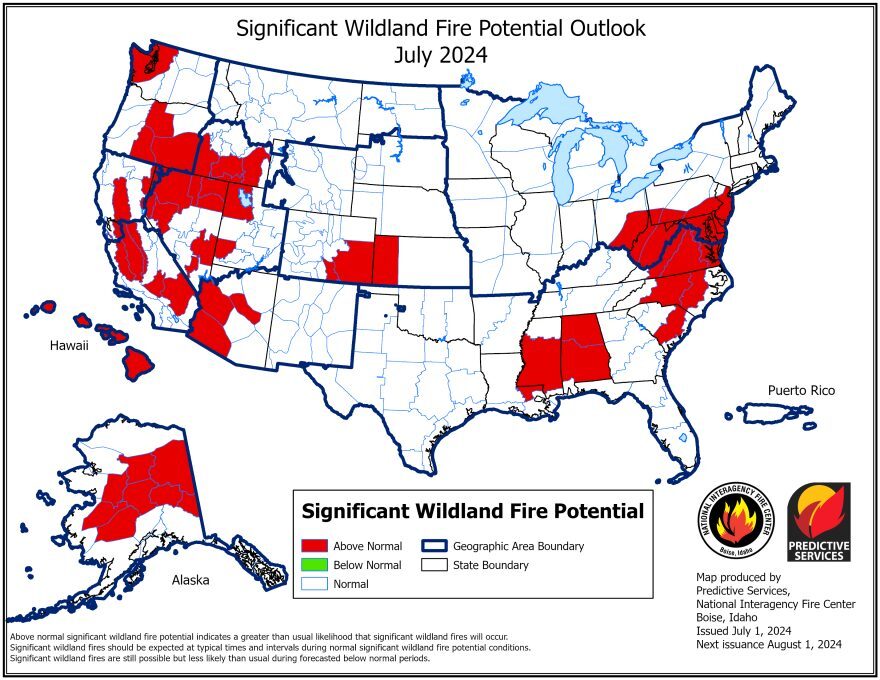Wildfires are often viewed as catastrophic events, but recent research highlights that not all wildfires are inherently destructive. In fact, low-and moderate-severity wildfires play a crucial role in forest management, particularly in reducing the risk of future, more severe fires. A study conducted by the University of California, Davis, and published in Ecological Applications underscores the importance of these smaller fires in enhancing forest resilience and mitigating the intensity of subsequent wildfires.
The Science Behind Reburns
The study examined over 700 reburn fires across the western United States over the past 50 years, using satellite remote sensing to assess the severity of initial fires and their impact on later fires. The findings revealed that low-and moderate-severity fires can reduce the intensity of future fires for up to 20 years, depending on facts such as climate, forest type, and local vegetation. This “reburn effect” suggests that smaller fires can act as a natural form of fuel reduction, creating a window of opportunity for forest managers to implement further risk reduction strategies.
The Impact of Vegetation and Climate
One of the key insights from the research is the varying duration and strength of the reburn effect across different climates and forest types. For instance, forests on the California coast and Southwest tend to experience longer-lasting benefits from initial fires compared to those in the Sierra and Cascades. This variation is largely due to differences in vegetation and the type of fuels that regrow after a fire. In areas where the reburn effect diminishes more quickly, follow-up treatments such as prescribed burns or mechanical thinning become essential to maintain forest health and reduce future fire risks.

Current Forest Management Strategies
The findings of this study align with current forest management strategies that emphasize the use of controlled burns and mechanical thinning to manage forest health and reduce wildfire risks. Controlled burns, also known as prescribed burns, are intentionally set and carefully managed fires that help clear out excess vegetation and underbrush, which serve as fuel for larger, more destructive wildfires. These burns are particularly effective when paired with the natural fuel reduction provided by low- and moderate-severity wildfires.
Mechanical thinning, on the other hand, involves the physical removal of trees and vegetation to reduce the density of the forest. This method is often used in conjunction with prescribed burns to create a more fire-resilient landscape. By reducing the amount of available fuel, these strategies help slow the spread of wildfires and decrease their intensity, making them more manageable and less likely to cause widespread destruction.
Adapting to a Changing Climate
As the climate continues to change, with increasing temperatures, prolonged droughts, and more extreme weather events, the frequency and intensity of wildfires are expected to rise. This makes the insights from the UC Davis study even more relevant, as they provide a framework for adapting forest management practices to a new, more fire-prone reality.
The study highlights the importance of understanding local conditions, such as vegetation types and climate, to tailor management strategies effectively. By leveraging the natural fuel reduction provided by smaller fires, forest managers can create more resilient ecosystems that are better equipped to withstand the challenges of future wildfires.
Conclusion
The research conducted by UC Davis offers a valuable perspective on the role of low-and moderate-severity wildfires in forest management. These smaller fires, while often overlooked, play a crucial role in reducing the intensity of future wildfires and enhancing forest resilience. By combining the natural benefits of these fires with proactive management strategies like prescribed burns and mechanical thinning, we can create healthier forests that are better prepared to face the increasing threat of wildfires in a changing climate.
For homeowners and land managers in fire-prone areas, understanding the importance of these management practices is crucial. By working with professionals, you can ensure that your property is not only beautiful but also resilient and well-prepared for the future. Contact us today to learn more about how we can help you manage your land to reduce wildfire risks and promote a healthy forest ecosystem.

